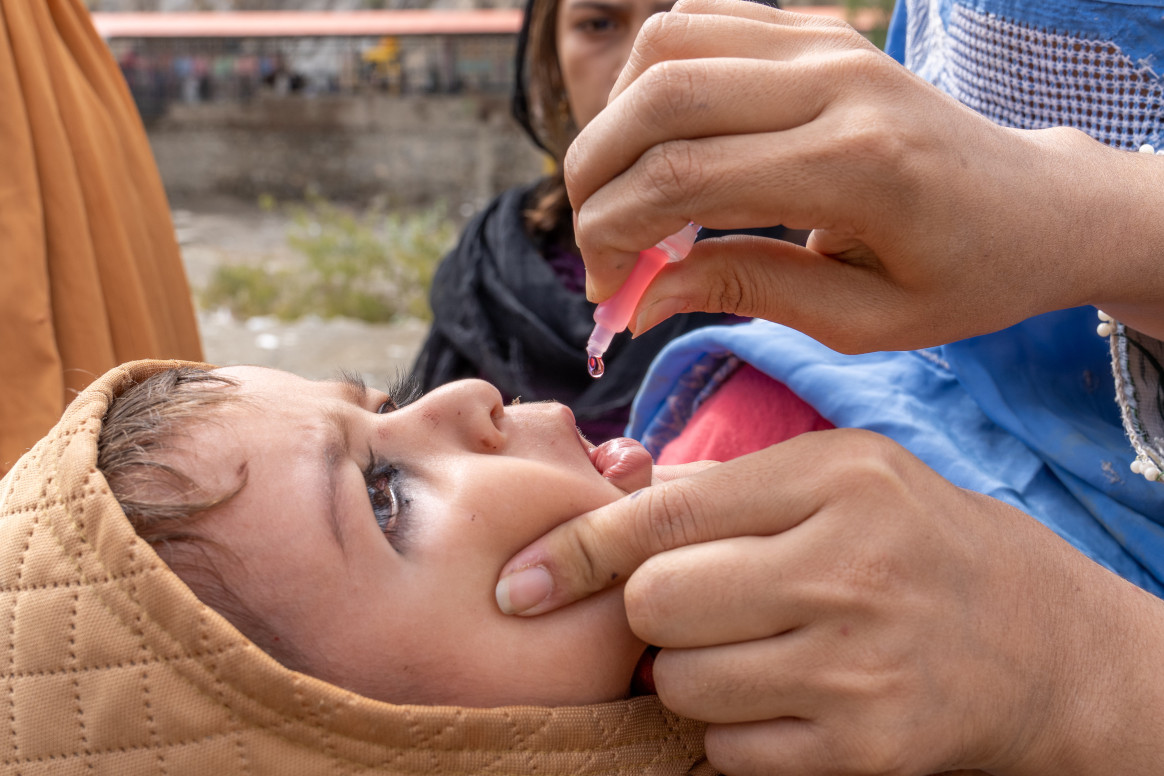- Courses
- GS Full Course 1 Year
- GS Full Course 2 Year
- GS Full Course 3 Year
- GS Full Course Till Selection
- CSAT
- 5 LAYERED ARJUNA Mentorship
- Public Administration Optional
- Online Program
- GS Recorded Course
- NCERT Batch
- Polity Module Course
- Geography Module Course
- Economy Module Course
- AMAC Module Course
- Modern India, Post Independence & World History Module Course
- Environment Module Course
- Governance Module Course
- Science & Tech. Module Course
- International Relations and Internal Security Module Course
- Disaster Management Module Course
- Ethics Module Course
- Essay Module Course
- Current Affairs Module Course
- ABOUT US
- OUR TOPPERS
- TEST SERIES
- FREE STUDY MATERIAL
- VIDEOS
- CONTACT US
Expanding The Scope of National Polio Surveillance Project
Expanding The Scope of National Polio Surveillance Project
04-04-2025

- The Union Ministry of Health and Family Welfare has proposed expanding the scope of the National Polio Surveillance Project (NPSP) to track emerging infectious diseases.
- This adaptation could play a crucial role in early detection and response to new health threats across the country.
Overview of the National Polio Surveillance Project (NPSP)
The National Polio Surveillance Project is a joint effort between the Government of India and the World Health Organization (WHO), aimed at strengthening polio surveillance and monitoring in India.
Key Milestones:
- Establishment and Focus: Launched in 1997, the NPSP introduced a comprehensive surveillance system for monitoring Acute Flaccid Paralysis (AFP), a key indicator for detecting potential polio cases.
- Impact on Polio Eradication: The project significantly contributed to India’s success in eliminating polio, ensuring effective planning and implementation of immunization campaigns. This effort resulted in India being officially declared polio-free in 2014.
- Integration into National Health Framework: In 2025, the surveillance operations of the NPSP were integrated into the National Centre for Disease Control (NCDC) under the broader framework of the Integrated Disease Surveillance Programme (IDSP).
- This move aims to create a more unified and efficient system for disease surveillance across the nation.




